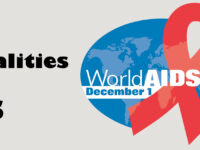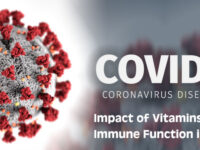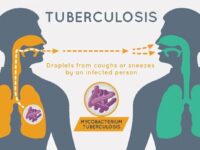Lifestyle changes can help reduce cholesterol, keep you off cholesterol-lowering medications or enhance the effect of your medications. Here are five lifestyle changes to get you started.
High cholesterol increases your risk of heart disease and heart attacks. You can improve cholesterol with medications, but if you’d rather first make lifestyle changes to improve your cholesterol, try these five healthy changes. If you already take medications, these changes can improve their cholesterol-lowering effect.
1. Eat heart-healthy foods
Even if you have years of unhealthy eating under your belt, making a few changes in your diet can reduce cholesterol and improve your heart health.
- Choose healthier fats. Saturated fats, found primarily in red meat and dairy products, raise your total cholesterol and low-density lipoprotein (LDL) cholesterol, the “bad” cholesterol. As a rule, you should get less than 7 percent of your daily calories from saturated fat. Choose leaner cuts of meat, low-fat dairy and monounsaturated fats — found in olive and canola oils — for healthier options.
- Eliminate trans fats. Trans fats affect cholesterol levels by increasing the “bad” cholesterol and lowering the “good” cholesterol. This bad combination increases the risk of heart attacks. Trans fats can be found in fried foods and many commercial products, such as cookies, crackers and snack cakes. But don’t rely on packages that are labeled “trans fat-free.” In the United States, if a food contains less than 0.5 grams of trans fat in a serving, it can be labeled “trans fat-free.”
Even small amounts of trans fat can add up if you eat foods that contain small amounts of trans fat. Read the ingredient list, and avoid foods with partially hydrogenated oils.
- Eat foods rich in omega-3 fatty acids. Omega-3 fatty acids don’t affect LDL cholesterol. They have other heart benefits, such as helping to increase high-density lipoprotein (HDL, or “good”) cholesterol, reducing your triglycerides, a type of fat in your blood, and reducing blood pressure. Some types of fish — such as salmon, mackerel and herring — are rich in omega-3 fatty acids. Other good sources of omega-3 fatty acids include walnuts, almonds and ground flaxseeds.
- Increase soluble fiber. There are two types of fiber — soluble and insoluble. Both have heart-health benefits, but soluble fiber also helps lower your LDL levels. You can add soluble fiber to your diet by eating oats and oat bran, fruits, beans, lentils, and vegetables.
2. Exercise on most days of the week and increase your physical activity
Exercise can improve cholesterol. Moderate physical activity can help raise high-density lipoprotein (HDL) cholesterol, the “good” cholesterol. With your doctor’s OK, work up to at least 30 minutes of exercise a day.
Adding physical activity, even in 10-minute intervals several times a day, can help you begin to lose weight. Just be sure that you can keep up the changes you decide to make. Consider:
- Taking a brisk daily walk during your lunch hour
- Riding your bicycle to work
- Swimming laps
- Playing a favorite sport
To stay motivated, find an exercise buddy or join an exercise group. And remember, any activity is helpful. Even taking the stairs instead of the elevator or doing a few situps while watching television can make a difference.
3. Quit smoking
If you smoke, stop. Quitting might improve your HDL cholesterol level. And the benefits don’t end there.
Within 20 minutes of quitting, your blood pressure and heart rate decrease. Within one year, your risk of heart disease is half that of a smoker. Within 15 years, your risk of heart disease is similar to someone who never smoked.
4. Lose weight
Carrying even a few extra pounds contributes to high cholesterol. Losing as little as 5 to 10 percent of your weight can improve cholesterol levels. Start by evaluating your eating habits and daily routine. Consider your challenges to weight loss and ways to overcome them.
Small changes add up. If you eat when you’re bored or frustrated, take a walk instead. If you pick up fast food for lunch every day, pack something healthier from home. For snacks, munch on carrot sticks or air-popped popcorn instead of potato chips. Don’t eat mindlessly.
And look for ways to incorporate more activity into your daily routine, such as using the stairs instead of taking the elevator or parking farther from your office.
5. Drink alcohol only in moderation
Moderate use of alcohol has been linked with higher levels of HDL cholesterol — but the benefits aren’t strong enough to recommend alcohol for anyone who doesn’t already drink. If you drink alcohol, do so in moderation. For healthy adults, that means up to one drink a day for women of all ages and men older than age 65, and up to two drinks a day for men age 65 and younger.
Too much alcohol can lead to serious health problems, including high blood pressure, heart failure and stroke.
If lifestyle changes aren’t enough …
Sometimes healthy lifestyle changes aren’t enough to lower cholesterol levels. Make sure the changes you make are ones you can continue to do, and don’t be disappointed if you don’t see results immediately. If your doctor recommends medication to help lower your cholesterol, take it as prescribed, but continue your lifestyle changes. Lifestyle changes can help you keep your medication dose low.














